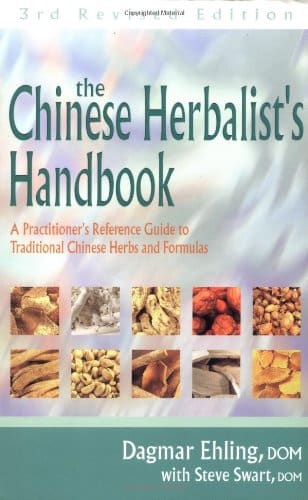
Oriental Medicine
Oriental Medicine
Dagmar Ehling, Mac, Lac, DOM(NM)
Evolution is a progression that continues to evolve through cycles of heating and cooling, moistening and drying, contraction and expansion. These processes enable bacteria and other microorganisms to grow. Nature evolves in harmony with these cycles and always forces of the skies and earth, heat and cold, dryness and wetness, daytime and nighttime, inhaling and exhaling, motion and rest, yin and yang. When we move beyond duality, we experience the Tao – complete oneness.
In studying nature, we can comprehend the mechanisms of human bodily functions. While Western medicine aims to reduce disease or functional mechanisms to isolated, single-most active functions or ingredients, Oriental medial theory thrives on correlate thinking: bodily and emotional functions closely interrelate to manifestation of the macrocosm around us, meteorological changes, diet, visual and auditory impressions, our ever-changing emotions and experiences, and our social environment all have significant influences on our body, mind and spirit. When we are in balance with all theses influences and, most notably, within ourselves, we are healthy. We are constantly regenerating and degenerating, waxing and waning hence the Chinese developed a comprehensive system to help us achieve balance within this process. Acupuncture, Chinese herbal medicinals, acupressure, diet, Taiqi Chuan and Qi Gong (2 forms of gentle exercises and breathing), and gentle massage, known as Tui Na1 all assist in achieving homeostasis or balance which translates to being healthy.
At about 2700 BCE, one of the first ancient texts, the Huang Di Nei Jing – The Yellow Emperor’s Inner Classic discusses Chinese philosophy2 . The Nei Jing includes thoughts on Taoism, religion, and observations pertaining to the functioning of nature and the universe, and their application to the functioning of the human body. Evolving descriptions of the relationships of yin and yang were recording in the Nei Jing.
YIN/YANG THEORY
The core of Oriental philosophy is represented by the well-known yin/yang symbol which shows the natural process of continual change created by opposing forces. For every action there is an equal and opposite reaction. The small circles of opposing colors within the larger wave-like patterns illustrate that there is yin within yang and yang within yin. The dynamic curve that separates them shows that yin and yang are in constant motion and that they create, control, and transform each other. The whole world is seen in a dualistic interplay of opposites.
Chinese mythology goes back about 5,000 years and it is said that peasants experimented with certain exercises after a hard day’s of work. They noticed energy vibrating through their bodies, moving up and down and into their extremities. These movements were precursors to Taoist meditation practices, Taiji Quan and Qi Gong. Qi Gong means ‘qi exercise’; some refer to it as ‘longevity method’ or ‘breathing exercise’. By refining these techniques they noted an increase in vitality and mental clarity; these practices continued to evolve and the ancient masters began to observe a sense of well-being and relaxation while exercising. Emanating through their entire bodies they called this vibrating energy qi.
BIO
Dagmar Ehling, founding member of Oriental Health Solutions, LLC, has been a licensed Doctor of Oriental Medicine in New Mexico since 1989. She graduated with a Master’s degree in Acupuncture from Southwest Acupuncture College in Santa Fe, NM, is North Carolina State licensed, and is nationally certified in Oriental Medicine by the NCCAOM (National Certification Commission for Acupuncture & Oriental Medicine). Dagmar is a graduate of WorldLegacy’s NC42 Leadership Program.
